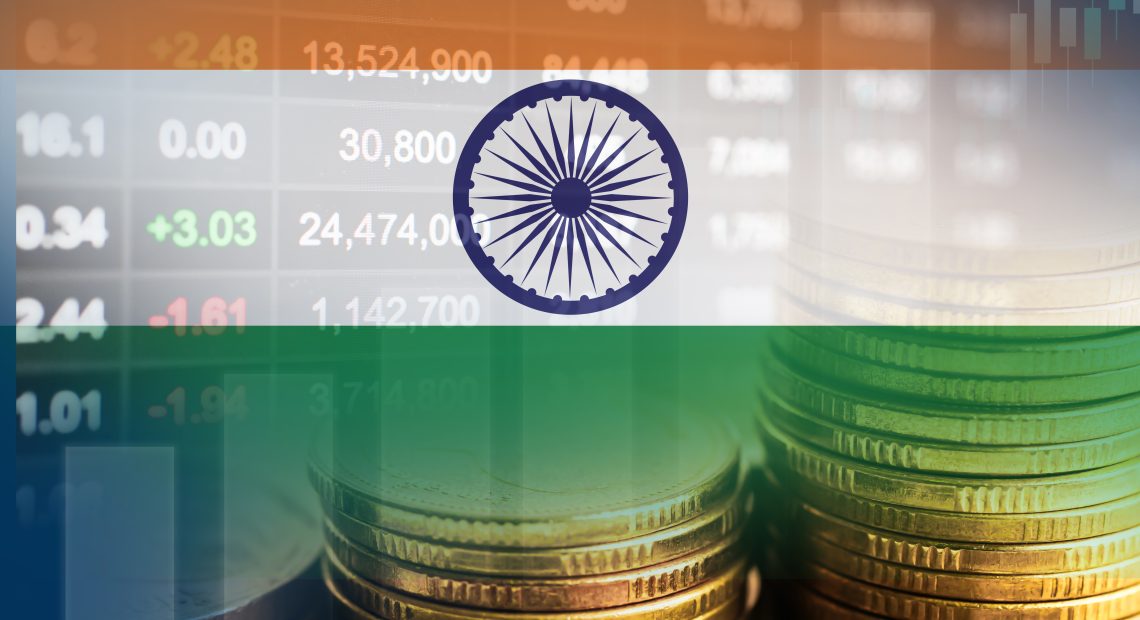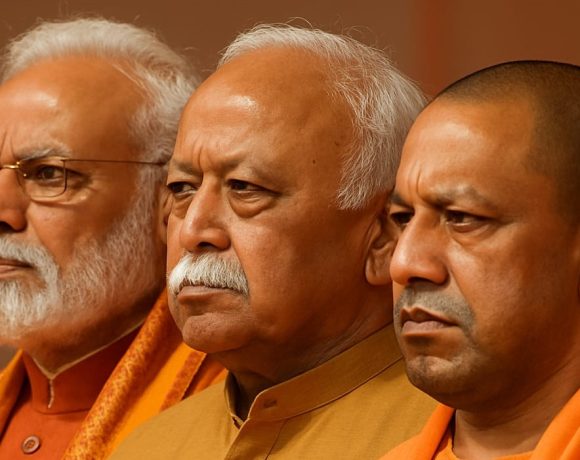
The Making of a $10 Trillion Economy: Can India’s Historic Growth Run Last?
India is on the verge of a remarkable transformation. Buoyed by recent projections, the country is set to become the world’s third-largest economy by 2028, aiming for a staggering $10 trillion GDP mark by 2035. This anticipated ascent signifies more than just impressive statistics—it encapsulates the nation’s ambition, resilience, and the mounting expectation to deliver on historic promises. But amid soaring optimism, a crucial question emerges: Is India’s growth trajectory truly sustainable, or does it risk faltering under its own weight?
The Ambition: From Regional Power to Global Economic Giant
Over the past decade, India’s economy has more than doubled, with policymakers setting their sights on overtaking Japan and Germany in global rankings. Achieving the $10 trillion goal would place India firmly alongside the United States and China, not just as a populous nation, but as a key shaper of global economics, trade, and innovation. As these targets draw closer, comparisons with China’s rapid rise become inevitable, inviting both inspiration and caution.
What’s Fueling India’s Economic Surge?
Several interlocking forces underpin India’s unprecedented growth momentum:
– Demographic Dividend: With the world’s largest youth population and an expanding labor force, India enjoys an “age advantage” when most advanced economies are aging.
– Government Reforms: Aggressive capital expenditure—doubling to 3.2% of GDP since 2015—has funded expressways, airports, metro systems, and digital infrastructure, laying foundations for productivity.
– Make in India Movement: Ambitious programs have propelled India to the world’s second-largest mobile phone producer and a top-10 manufacturer in sectors like renewables and automobiles.
– Digital Transformation: Initiatives like UPI digital payments and the National AI Mission demonstrate India’s leap into the global tech arena, with public and private sector innovation fueling inclusive growth.
– Dynamic States: States such as Maharashtra, Tamil Nadu, and Gujarat compete for investment, pioneering reforms and fostering “competitive federalism” as engines of national growth.
Are the Growth Numbers Achievable?
To leap from a $4.2 trillion GDP in 2025 to $10.6 trillion by 2035, India needs to achieve a sustained nominal growth rate close to 9.7% per year—a significant step up from the 7.2% average seen over the last decade. Such ambition outpaces most peers, requiring both real economic expansion and manageable inflation. While recent annual growth rates in real terms hover around 6.5%, the challenge lies in boosting productivity, cultivating new industries, and ensuring reforms keep pace with global change.
Progress and Policy: Successes and Shortcomings
India’s government has rolled out sweeping reforms to address structural bottlenecks:
– Tax Relief & Fiscal Prudence: The latest Union Budget provides tax relief for the middle class, stimulates demand, and pledges to lower the fiscal deficit—demonstrating a dual focus on growth and stability.
– FDI Liberalization: India has relaxed foreign direct investment norms in key sectors, with manufacturing FDI rising 18% in 2024–25 and total FDI inflows reaching a record $81 billion.
– Production-Linked Incentives (PLIs): Sector-specific incentives have spurred electronics, defense, and automotive manufacturing, making India an increasingly attractive alternative to China for multinationals.
– Governance Reforms: E-governance, simplified regulations, and administrative reforms have improved the ease of doing business and reduced inefficiencies.
Yet, challenges linger. Manufacturing’s share of GDP, though growing in output, remains significantly below the original 25% target. Some states, particularly in the north and east, lag behind high-performing peers. And persistent hurdles—such as bureaucracy, infrastructure gaps, and skill mismatches—demand urgent attention.
Global Integration: An Open Door to the World
Liberalized FDI rules and a modernized regulatory framework support India’s integration into global supply chains. The “Make in India” campaign has attracted marquee names like Apple, Kia, and Siemens, who are expanding exports and developing intricate supply networks. India’s burgeoning renewable energy sector and homegrown high-speed train manufacturing exemplify how industry can thrive with the right incentives and focus.
The Road Ahead: Can India Overcome Its Risks?
While optimism prevails, risks abound. Inflationary pressures, macroeconomic shocks, and global uncertainties—ranging from geopolitical tensions to shifting demand—could quickly upend trajectory forecasts. Social and environmental sustainability are also critical: growth must uplift disadvantaged groups, tackle inequality, and avoid compromising the natural environment.
Toward Sustainable Growth: What Matters Most
For India to maintain its blistering pace, the growth story must go beyond numbers:
– Deepen Reforms: Continued tax, labor, and land reforms are essential to attract investment and spur entrepreneurship.
– Invest in Skills: With rapid industrialization, upskilling and integrating the vast workforce—especially women and young people—will drive inclusion and productivity.
– Champion Sustainability: Green energy, climate resilience, and social protection will ensure growth is both durable and widely shared.
– Foster Good Governance: Transparent, accountable institutions will sustain investor confidence and deliver programs on the ground.
Conclusion: Opportunity on a Precipice
India’s bid to join the exclusive $10 trillion GDP club is not mere hype; it is a testament to a country buzzing with ambition, innovation, and collective willpower. But lasting success will require vigilance, courage to reform, and a readiness to confront uncomfortable realities.
Will India’s growth run last? Or will it stumble as hurdles mount? The answer will define not just India’s future, but that of the global economy—and every citizen hoping to share in its promise.


















